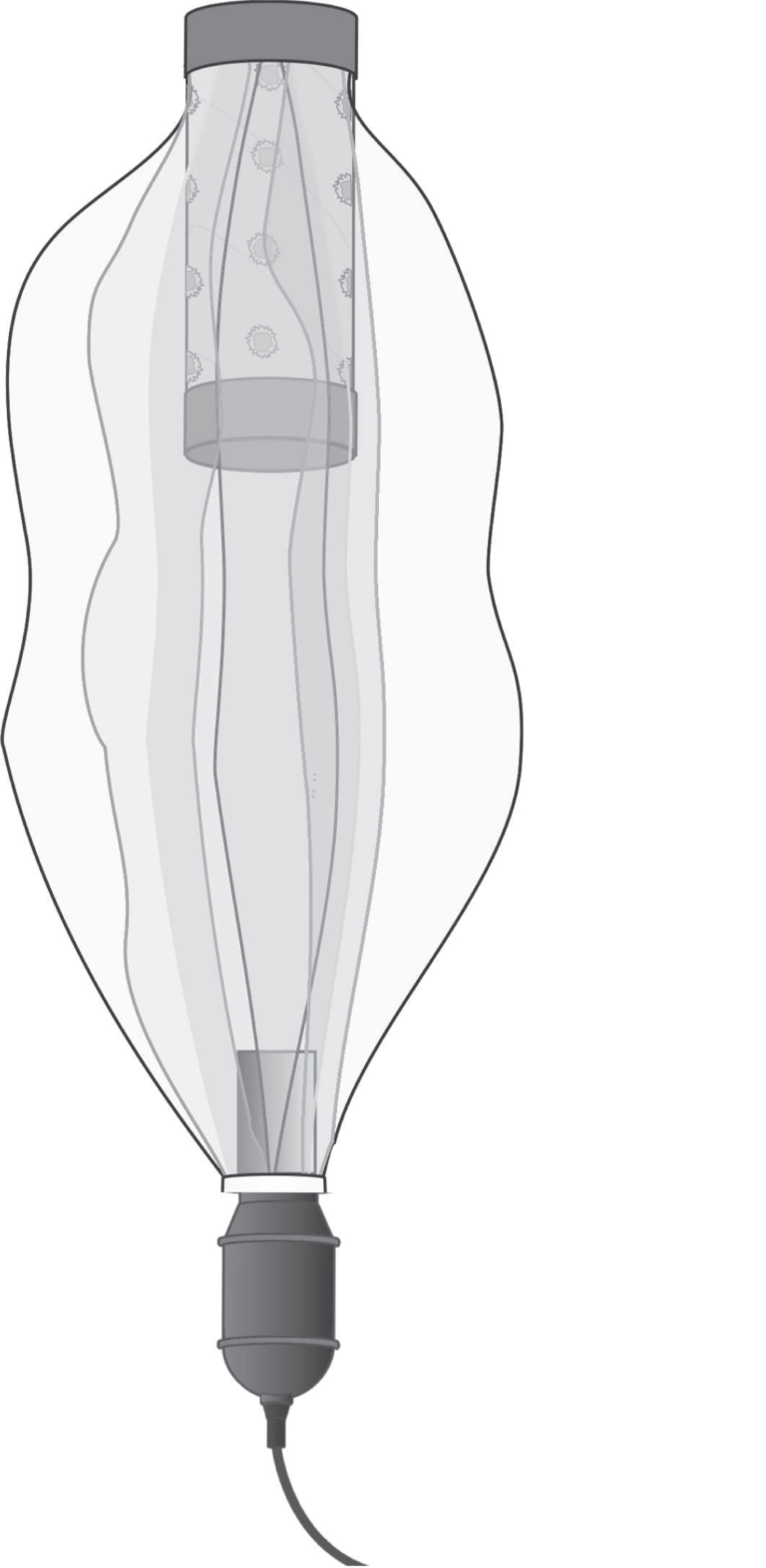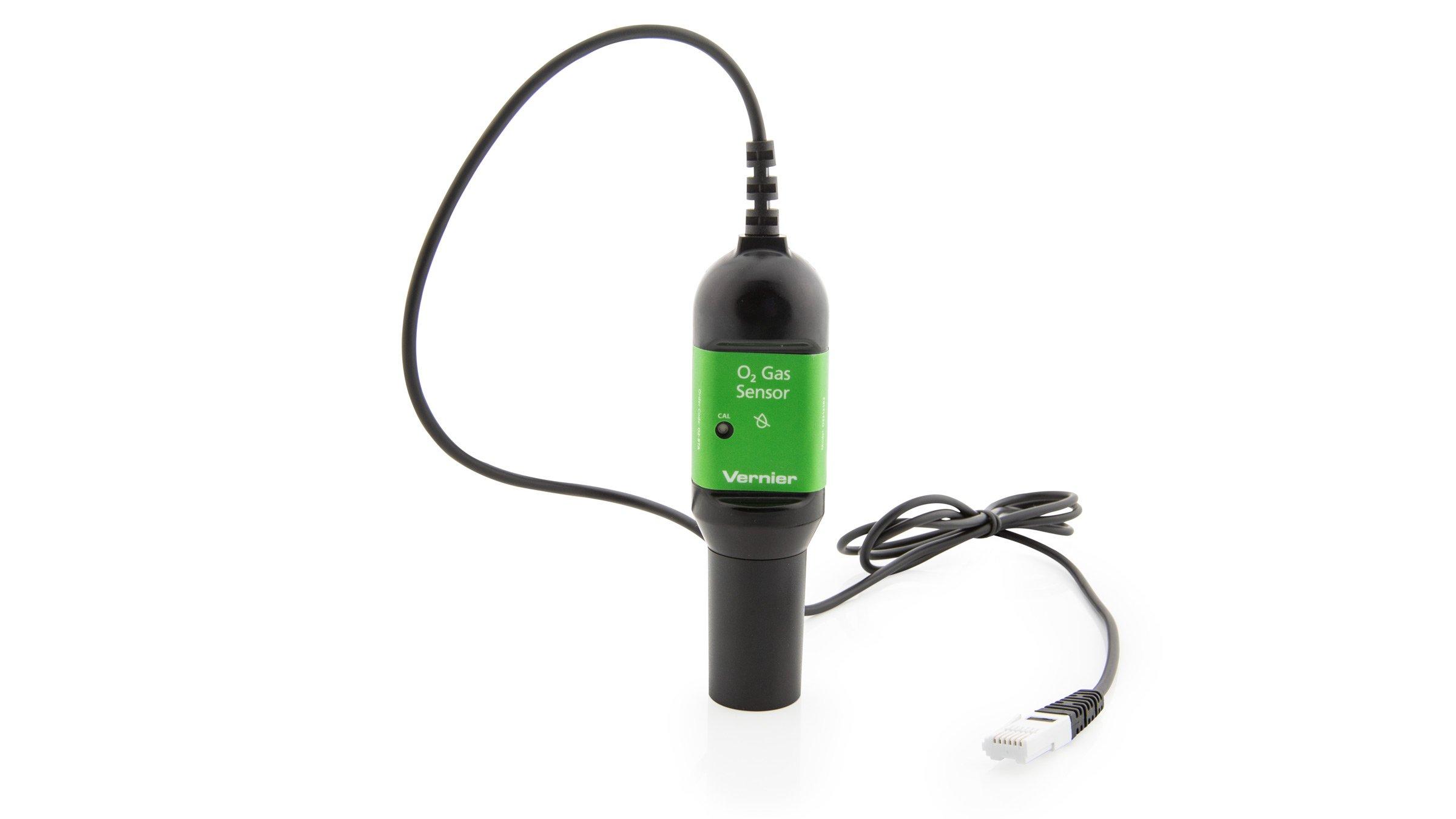
Introduction
Oxygen is required for cell metabolism. During inhalation air is brought into the lungs, where oxygen is extracted. Oxygen passes into the bloodstream at the membrane between the alveoli and pulmonary capillaries. The quantity of oxygen extracted from the air is dependent on the composition of the air and on the efficiency of the lungs. The percent concentration of oxygen in air on earth is almost uniformly 21% between sea level and the stratosphere. At sea level the density of the air (molecules/unit volume) is greater than it is at higher altitudes, allowing a greater number of molecules to be inhaled with each breath.
In this experiment, you will observe the quantity of oxygen that is absorbed from inhaled air by measuring the concentration of oxygen remaining in exhaled air. Successive breaths will further lower the oxygen concentration, allowing you to observe the efficiency of oxygen extraction by the lungs at lower oxygen concentrations.
Objectives
In this experiment, you will
- Measure the concentration of exhaled oxygen.
- Observe the efficiency of oxygen extraction by the lungs as the inhaled oxygen concentration is reduced.
Sensors and Equipment
This experiment features the following sensors and equipment. Additional equipment may be required.
Ready to Experiment?
Ask an Expert
Get answers to your questions about how to teach this experiment with our support team.
- Call toll-free: 888-837-6437
- Chat with Us
- Email support@vernier.com
Purchase the Lab Book
This experiment is #23 of Human Physiology with Vernier. The experiment in the book includes student instructions as well as instructor information for set up, helpful hints, and sample graphs and data.


